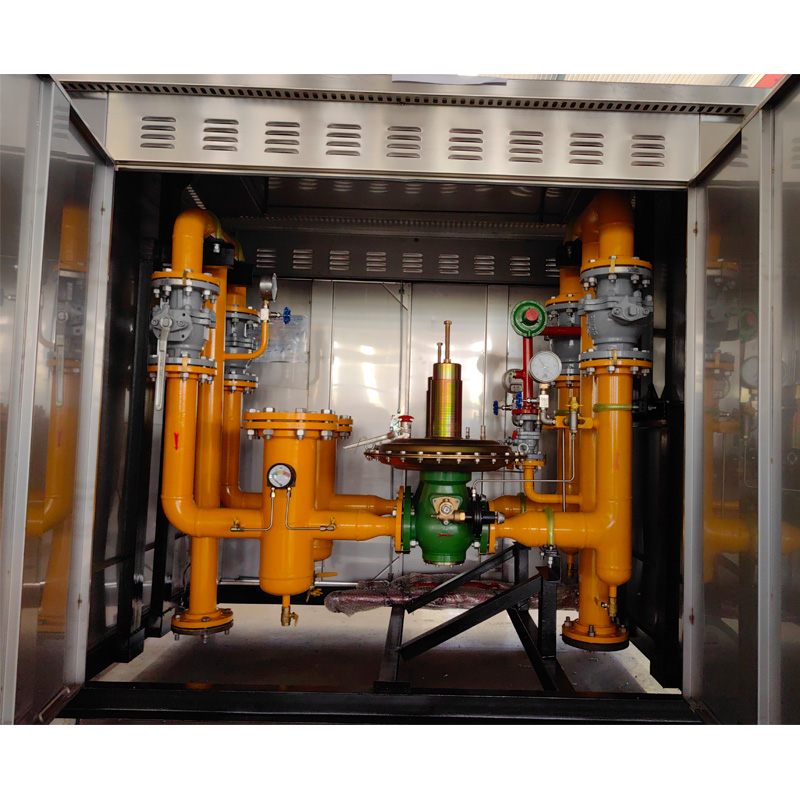
9 月 . 04, 2024 19:43
Back to list
Gas Pressure Reducing Station - Efficient Gas Management Solutions
Gas pressure reducing stations play a crucial role in the transportation and distribution of natural gas, which is an essential energy source in many countries. These facilities are responsible for lowering the high-pressure gas from transmission pipelines to a level that is safe and suitable for local distribution networks. Understanding the operation and importance of these stations can provide insight into how gas reaches our homes and industries efficiently and safely.
At the core of a gas pressure reducing station is the pressure control system. Natural gas is typically transported at high pressures, sometimes exceeding 1,000 psi, to minimize volumetric losses during transit. However, this high pressure is unsuitable for end-users, necessitating a reduction before it enters local distribution networks. The pressure reducing station uses various valves and regulators to ensure that the gas pressure is lowered to a manageable level, generally between 5 to 60 psi, depending on the specific requirements of the local distribution system.
These stations also include safety mechanisms and monitoring equipment to ensure the integrity and safety of the gas supply. Accurate pressure measurement is integral to their operation, as it helps to maintain the desired pressure levels and prevent potential hazards such as gas leaks or equipment failure. Regular maintenance and inspections are essential to uphold safety standards and to ensure the efficient functioning of the system.
gas pressure reducing station

Beyond their technical functions, gas pressure reducing stations have an economic impact as well. By ensuring a steady and reliable supply of gas, they contribute to the overall efficiency of energy systems, helping to reduce costs for consumers. The reliable distribution of natural gas also supports numerous industries, including manufacturing, heating, and power generation, thereby bolstering economic growth.
In recent years, advancements in technology have further enhanced the capabilities of gas pressure reducing stations. Smart monitoring systems and automated control technologies have been introduced, allowing for real-time data collection and analysis. These innovations improve operational efficiency and responsiveness to changing demand patterns, contributing to a more resilient and sustainable energy infrastructure.
In summary, gas pressure reducing stations are vital components of the natural gas distribution network. They regulate gas pressure to ensure safe delivery to consumers while incorporating advanced technologies to enhance efficiency and safety. As the demand for natural gas continues to grow, understanding the importance of these stations will be essential for ensuring a reliable energy future.
Latest news
-
Unlocking The Quality Gas Pressure ReducersNewsNov.01,2024
-
The Role of Gas Pressure Reducing StationsNewsNov.01,2024
-
The Importance and Functionality of Safety Relief ValvesNewsNov.01,2024
-
The Essential Role of Safety Valves in Natural Gas ApplicationsNewsNov.01,2024
-
The Essential Role of Gas Pressure RegulatorsNewsNov.01,2024
-
Enhance Your Premium Gas FiltersNewsNov.01,2024

